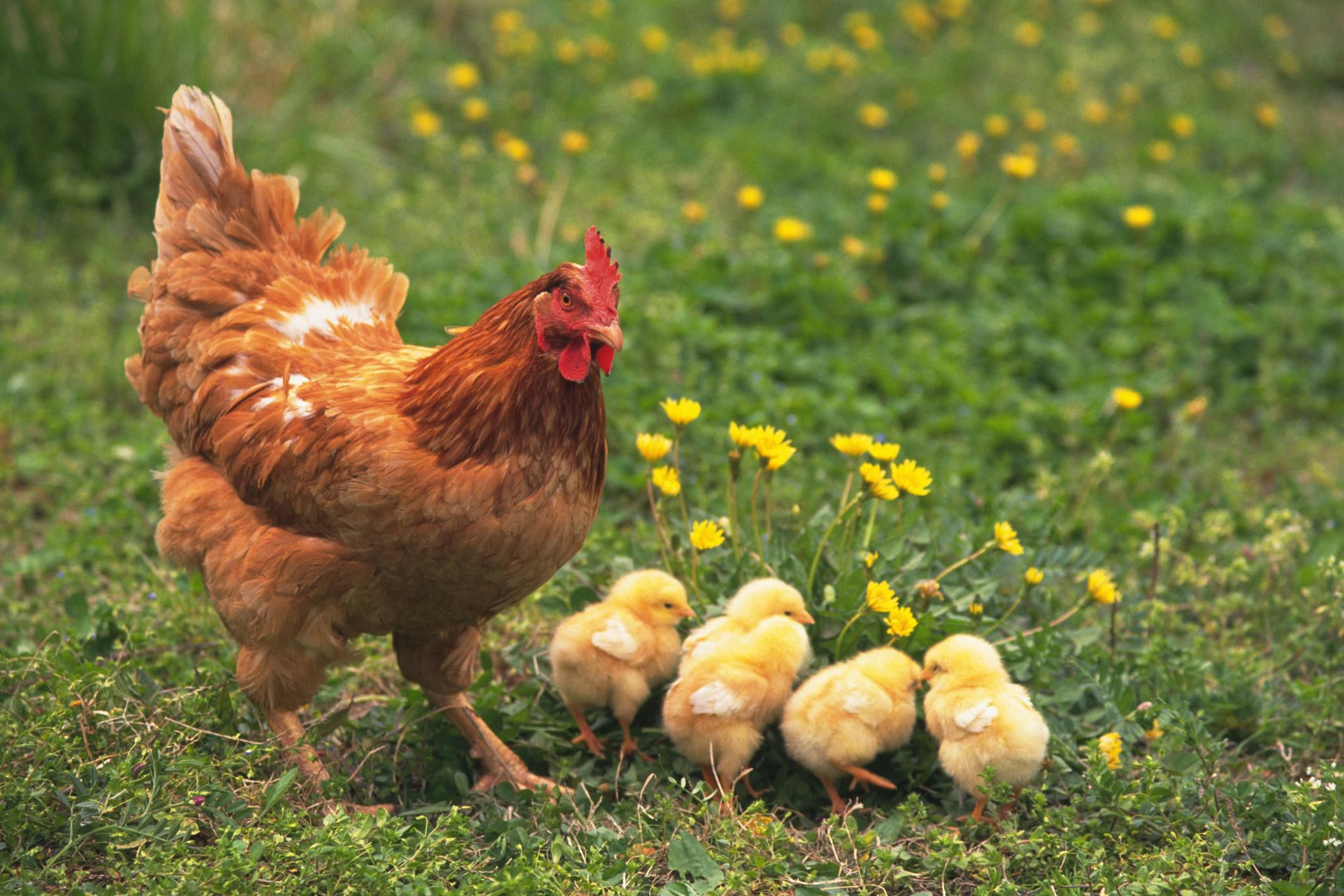Hens and Chicks

“Growing Hens and Chicks” refers to the cultivation and care of a popular succulent plant species known scientifically as Sempervivum tectorum. These charming plants are native to mountainous regions of Europe and have earned their common name due to their growth habit – producing rosettes that resemble a hen (the mother plant) surrounded by smaller offshoots known as chicks.
Hens and chicks are favored by gardeners and succulent enthusiasts alike for their ease of care, resilience, and striking appearance. Here’s a detailed description of growing hens and chicks:
- Appearance: Hens and chicks form tight clusters of rosettes made up of fleshy, pointed leaves. The mother hen plant usually sits at the center, surrounded by smaller chicks that develop from offsets or “pups” around its base. These offsets can easily be detached and replanted to propagate new plants.
- Growing Conditions: Hens and chicks thrive in well-draining soil and prefer full sun to partial shade. They are well-suited to rocky, sandy, or gravelly soils, mimicking their natural habitat. These plants are drought-tolerant and are adapted to survive in dry conditions, making them ideal choices for xeriscaping or low-water gardens.
- Watering: One of the key factors in successfully growing hens and chicks is avoiding overwatering. These succulents are highly susceptible to root rot if their roots sit in waterlogged soil for extended periods. Instead, they prefer infrequent but deep watering sessions, allowing the soil to dry out between waterings.
- Propagation: Hens and chicks are prolific propagators, readily producing offsets that can be easily separated from the mother plant and replanted to establish new colonies. These offsets can simply be snapped off from the main rosette and planted in well-draining soil, where they will quickly take root and grow into independent plants.
- Maintenance: Hens and chicks require minimal maintenance once established. Periodically removing dead leaves and spent flower stalks helps to keep the plants tidy and encourages new growth. Dividing overcrowded clumps every few years can also rejuvenate the plants and promote healthier growth.
- Hardiness: Hens and chicks are remarkably hardy plants, capable of withstanding a wide range of temperatures and environmental conditions. While they prefer cooler temperatures and are tolerant of frost, they can also survive hot summers as long as they are provided with adequate sunlight and water.
- Versatility: These versatile succulents can be grown in a variety of settings, including rock gardens, container gardens, borders, and even living walls. Their compact size and low-growing habit make them perfect for adding texture and interest to small spaces or for filling in gaps between larger plants.
Overall, growing hens and chicks is a rewarding and enjoyable experience, offering gardeners a low-maintenance yet visually appealing plant that adds charm and character to any landscape. With proper care and attention to their specific needs, these resilient succulents will thrive and multiply, providing years of beauty and enjoyment.
